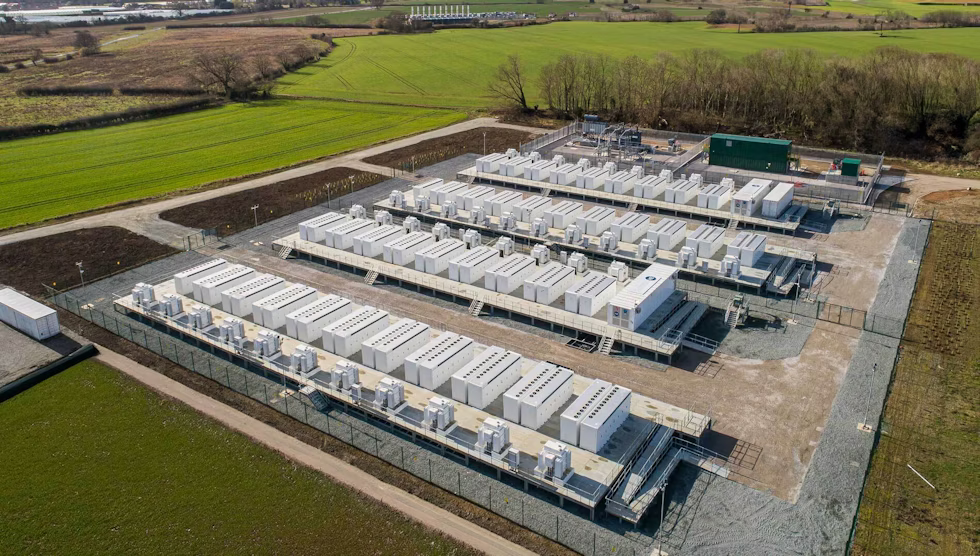In the world of electrical power systems, distribution transformers serve as a vital link between high-voltage transmission lines and low-voltage end users. These transformers ensure that electricity is safely and efficiently delivered to homes, businesses, factories, and public infrastructure.
Whether you're an engineer, a facility manager, or just someone interested in energy systems, understanding distribution transformers is essential to grasp how electricity reaches us reliably every day.
What Is a Distribution Transformer?
A distribution transformer is an electrical device that steps down high-voltage electricity (typically from transmission networks) to lower voltages suitable for end users. It’s the final stage in the electric power distribution system before electricity is delivered to consumers.
They are commonly used in both urban and rural settings, found on utility poles, in substations, and within commercial or industrial premises.
Core Functions of Distribution Transformers
- Voltage Reduction: The primary job is to reduce the high transmission voltage (e.g., 11kV or 33kV) to a usable level (e.g., 400V or 230V).
- Load Regulation: Helps manage power loads across distribution networks to ensure stable supply.
- Energy Efficiency: Modern distribution transformers are built with energy-saving features to reduce losses and environmental impact.
- Safety: These transformers offer reliable protection against overloads and voltage spikes.
Types of Distribution Transformers
- Oil-Immersed Transformers
- These are cooled and insulated by mineral oil, ideal for outdoor use and high-load conditions.
- Dry-Type Transformers
- Air-cooled and safer for indoor use, especially in commercial buildings and confined industrial environments.
- Pole-Mounted Transformers
- Common in rural areas, these are mounted on poles to supply electricity to homes and small businesses.
- Pad-Mounted Transformers
- Enclosed in tamper-resistant steel cases and installed on the ground, ideal for urban areas.
Where Are Distribution Transformers Used?
Distribution transformers are versatile and used across many sectors, such as:
- Residential areas for powering homes
- Hospitals and schools requiring stable, reliable electricity
- Industrial sites for running heavy machinery
- Renewable energy systems like solar farms to step down voltage before feeding into the grid
- Commercial buildings where consistent and safe power distribution is critical
Key Considerations When Selecting a Distribution Transformer
Choosing the right transformer for your application involves evaluating several critical factors:
- Load capacity: Know your electrical demand.
- Cooling method: Oil-immersed for outdoor, dry-type for indoor.
- Efficiency standards: Look for low-loss or eco-friendly designs.
- Installation space: Determine if pole-mounted or pad-mounted is best suited.
- Environmental conditions: Consider temperature, dust, humidity, and risk of fire or explosion.
Recent Trends in Distribution Transformers
With increasing global demand for energy efficiency and carbon reduction, distribution transformers are undergoing significant innovations:
- Eco-design compliance (e.g., Tier 2 regulations in the UK)
- Use of biodegradable insulating fluids
- Integration with smart grid systems for real-time performance monitoring
- Compact modular designs to save space and simplify maintenance
Importance in Power Infrastructure
Without distribution transformers, power systems wouldn’t function as seamlessly as they do today. They make it possible for electricity generated miles away to be used safely and efficiently in homes and industries. Their adaptability and efficiency continue to be key in building smarter, greener energy networks worldwide.





Comments